The fetishisation of the Victorians shows no sign of abating. Over the past 16 years, since the centenary of the passing of the Victorian age, we have been treated to a never-ending stream of books about the monarch herself, the houses her subjects lived in, the railways they built and travelled on, their sexual peccadillos, the sensational murders that seized the headlines, and so on ad infinitum.
Now we have a study devoted to that ultimate fetishistic object: the human body. According to Kathryn Hughes, biographical writing about the Victorians has been indifferent to their vital signs of life, movement, smell, touch and taste, behaving as if our ancestors were abstractions rather than men and women full of puff and fat who probably stank to high heaven. Shouldn’t we be more concerned with what people in the 19th century were actually physically like? Does knowing, for instance, that that pair of love-struck poets, the Brownings, had dark complexions and large mouths as a result of their shared Jamaican heritage, or that Gladstone’s left forefinger was missing as a result of a shooting accident, contribute to our understanding of them? (In the case of the former, the answer is a resounding yes; when it comes to the latter less affirmatively so.)
Hughes aims to help fill this gap by presenting ‘five corporeal conundrums’, pursued with varying degrees of success. These body parts are a swollen belly, an extravagant set of whiskers, an enlarged right hand, a lubricious mouth, and two sacks full of dismembered remains. They belong respectively to Lady Flora Hastings, cruelly and erroneously accused by Queen Victoria of being pregnant during the bedchamber crisis at the start of the reign; to Charles Darwin, who sprouted a beard in 1862 to hide his facial eczema and as an escape from feelings of hideousness; to George Eliot, whose girlhood experience at the dairy churn left her with a lopsided pair of hands; to Dante Gabriel Rossetti’s mistress, Fanny Cornforth, model for his fleshy canvas ‘Bocca Baciata’, ‘The Kissed Mouth’; and finally to poor unfortunate Fanny Adams, the eight-year-old, sliced up by an insane legal clerk, who has come down to posterity as a vulgar euphemism — ‘Sweet FA’.
It’s not Hughes’s fault that the Victoria-Hastings scandal has been trawled over so thoroughly recently and that she consequently has little to add to previous accounts. She does demonstrate particular insight when she juxtaposes Lady Flora’s mysteriously shifting shape (due in fact to a tumour on her liver rather than interference at the hands of the ‘demon incarnate’ Sir John Conroy) with the Queen’s consciousness of her own rapidly increasing figure caused by overeating. But she makes heavy weather of the reasons behind the refusal, after her death, of George Eliot’s family to acknowledge the enlarged right-hand of the Sibylline novelist because it betrayed her association with working-class girls and the reputed sluttish behaviour of the dairy maid.
Much more successful is the story of Darwin’s beard. Here Hughes ingeniously stitches together the unhindered growth of Darwin’s beard in its state of nature with the debates surrounding his theory of human evolution and the idea, first raised in The Descent of Man, of mankind’s common descent from apes. It was no coincidence perhaps that Julia Margaret Cameron’s famous photograph of Darwin, showing his overhanging brow bone and extravagantly hairy face, gave him more than a passing resemblance to a gorilla.
Hughes’s discussion of the mid-Victorian ‘Beard Question’ shows how the equation of hirsuteness with political radicalism was overturned in the 1850s with the failure of Chartism and the outbreak of the Crimean war, which established beard growth as a template of male heroism. ‘Why Shave?’ was the rhetorical question asked by an article in Household Words. Beards came to denote sexual maturity or patriarchal authority. They could also disguise
unappealing personal characteristics, like Dickens’s receding chin, or the collapsing shape of Tennyson’s mouth caused by a tricky dental plate. A drawback for new beard-wearers was that friends tended not to recognise them. Dickens initially found himself regarded with suspicion as a foreigner.
Hughes is never less than intelligent and industrious, especially when it comes to the Pre-Raphaelite muse Fanny Cornforth, where her research offers a far more nuanced portrait than the one-dimensional tart of earlier biographers. However, at times her book suffers both from the constraints imposed by its narrow biographical focus, and by its timidity with regard to available materials. Hughes talks about the impossibility of saying anything ‘systematising’ about the Victorian body, arguing that it can only be partially observed through the case histories of the famous and well-known. Yet she completely ignores one largely untapped resource, namely surviving medical records, which might have enabled her to tackle larger questions about the Victorians’ developing views of the body as a receptacle for disease. In the end Victorians Undone, for all its energy and brio, adds up to less than the sum of its body parts.
Got something to add? Join the discussion and comment below.
Get 10 issues for just $10
Subscribe to The Spectator Australia today for the next 10 magazine issues, plus full online access, for just $10.
You might disagree with half of it, but you’ll enjoy reading all of it. Try your first month for free, then just $2 a week for the remainder of your first year.

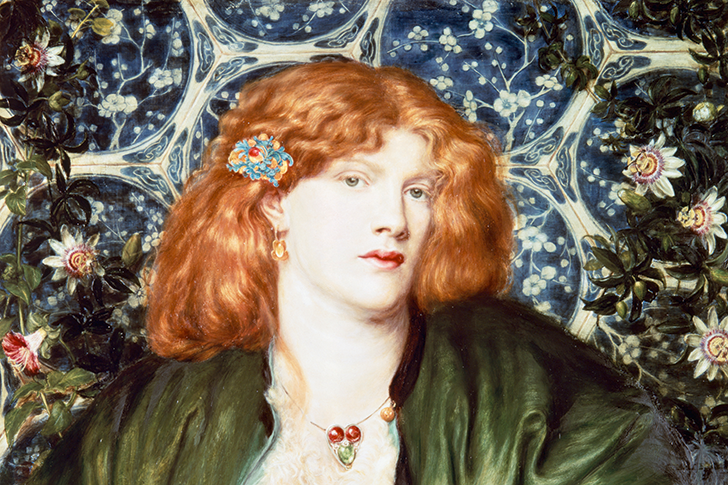
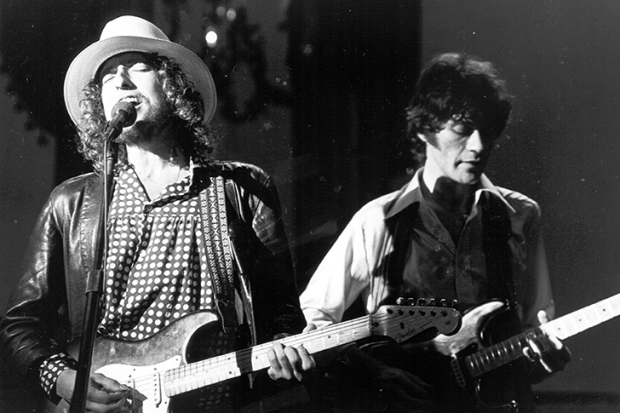

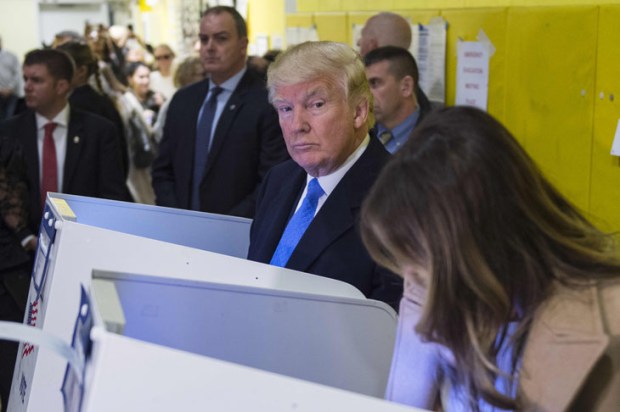
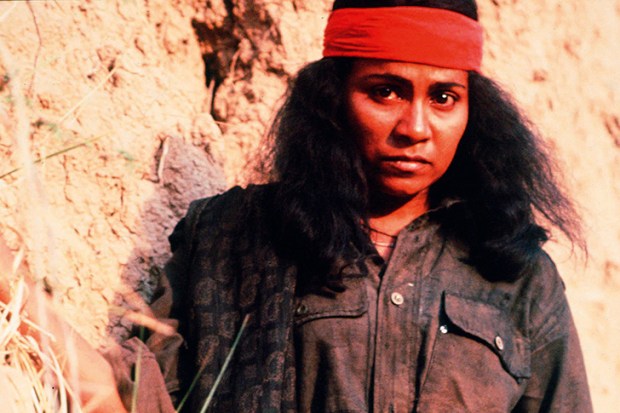
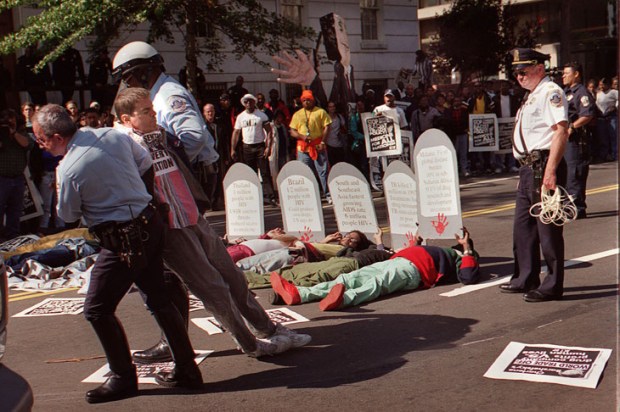
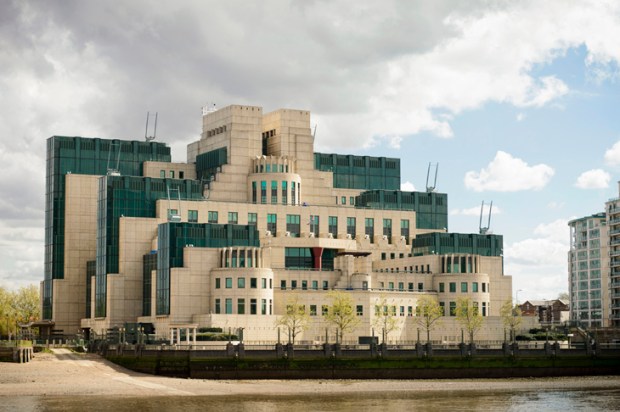






Comments
Don't miss out
Join the conversation with other Spectator Australia readers. Subscribe to leave a comment.
SUBSCRIBEAlready a subscriber? Log in